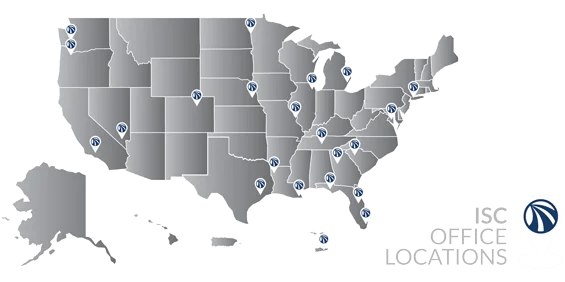As the 2024 tornado season unfolds, the United States has already witnessed devastating outbreaks, particularly in the South and Midwest. An EF4 tornado in Mississippi and an EF3 in Andover, Kansas, have caused significant damage, injuries, and displacement.
These events highlight the increasing frequency and intensity of tornadoes, a trend linked to climate change. Communities must prioritize preparedness, response, and recovery efforts to mitigate the impact of these storms. Emergency managers urge residents to stay informed, have emergency plans, and take immediate action when warnings are issued.
Federal and state agencies are providing resources and support to affected communities, but building long-term resilience will require a sustained, collaborative effort from all levels of government, the private sector, and civil society. By investing in stronger infrastructure, improving early warning systems, and fostering a culture of preparedness, we can help communities across the United States better withstand the impacts of these powerful storms.









